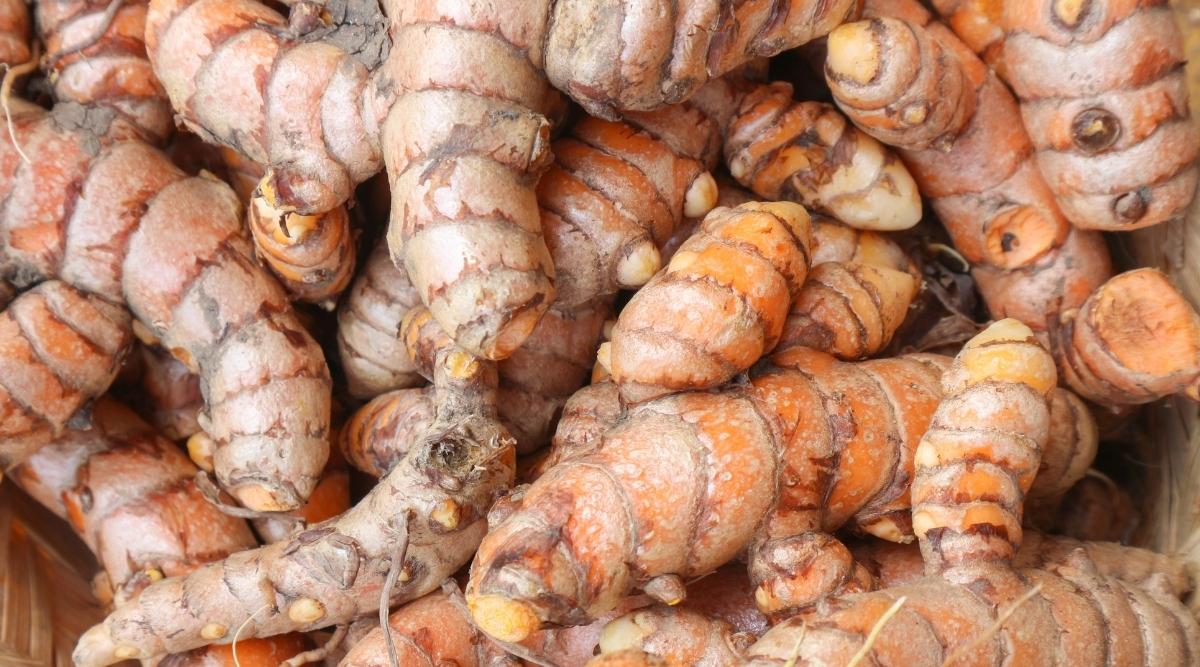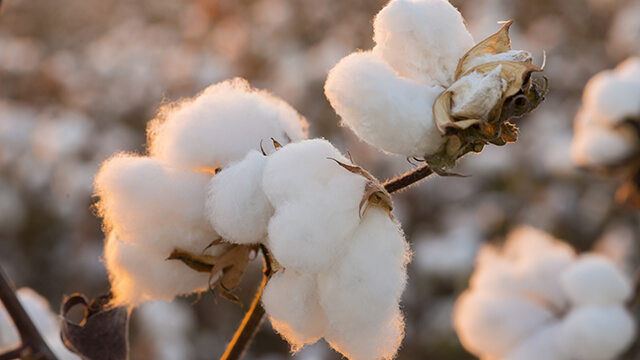The jeera market’s recent performance is indicative of the complex interaction between several internal and external forces. Increased acreage in important areas like Gujarat and Rajasthan is driving the bullish perspective on production, which is the main cause of the -1.55% drop in jeera prices to 25150.
Farmers’ reaction to record prices during the previous marketing season is seen in the increase in cultivation area, especially in Gujarat where it has surpassed the typical acreage. This suggests a strong relationship between market dynamics and agricultural practices.
The increase in output is accompanied by dangers to crop health, though, including decreased water availability, fewer cold days, and worries about fusarium wilt assaults. The necessity for cautious agricultural methods and risk management techniques is further highlighted by the expectation of increased occurrences of blight and pest assaults as a result of climatic challenges.
The choice of alternate sourcing locations, such as Syria and Turkey, as a result of India’s increased prices, highlights how competitive the global market is. Technically speaking, the market is under new selling pressure right now, with a little rise in open interest despite a drop in prices.

